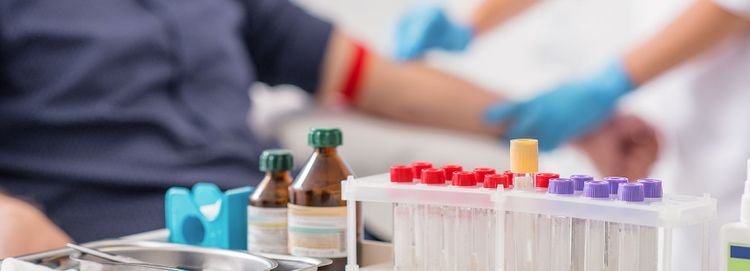October 28, 2019
Pharmacists are increasingly playing a role in opioid stewardship programs. The recently published results of the National Survey of Pharmacy Practice in Hospital Settings – 2018 found that 70 percent of pharmacists play a role in diversion detection and 57 percent are likely to be involved in clinical utilization review.
The survey, which analyzes the pharmacy’s role in drug therapy monitoring and patient education, included responses from pharmacy directors in 811 U.S. general and children’s hospitals.
The pharmacy directors who responded indicated that the most common strategies their hospitals are employing for opioid stewardship programs are clinician education (71 percent), prescription drug monitoring program checks (65 percent) and diversion detection programs (55 percent).
The Centers for Disease Control and Prevention (CDC) encourages pharmacists to take an active role in preventing opioid misuse. The CDC asks them to look for “red flags” that could indicate a patient might be struggling with opioid use disorder or diverting medications. This can be done through checking the state’s prescription drug monitoring program (PDMP) or a patient’s records.
The CDC encourages pharmacists and prescribers to work together as part of the care team. The pharmacist should contact the prescriber with questions or concerns, talk to the patient and submit information to the PDMP.
Both the survey and the CDC place the pharmacist in a role as patient educator alongside the prescriber. The CDC recommends that pharmacists counsel patients on:
- Proper use of their medication
- Side effects
- Expectations surrounding medication refills
- The dangers of stockpiling medication
- Safe storage and disposal
Keeping lines of communication open is critical so that pharmacists and prescribers can work hand-in-hand to prevent opioid misuse. For additional tips on communicating with patients and ways a pharmacist can start a conversation, read the CDC’s handout Pharmacists on the Front Lines.
Sources
- ASHP (American Society of Health-System Pharmacists). (3 July 2019). Hospitals address opioid crisis via stewardship with strong pharmacist involvement. Medical Express. https://medicalxpress.com/news/2019-07-hospitals-opioid-crisis-stewardship-strong.html
- Dyson, T. (3 July 2019). Opioid stewardship programs help prevent misuse in hospitals. UPI. https://www.upi.com/Health_News/2019/07/03/Opioid-stewardship-programs-help-prevent-misuse-in-hospitals/1571562178660/
- Pharmacists: On the front lines addressing prescription opioid abuse and overdose. https://www.cdc.gov/drugoverdose/pdf/pharmacists_brochure-a.pdf












